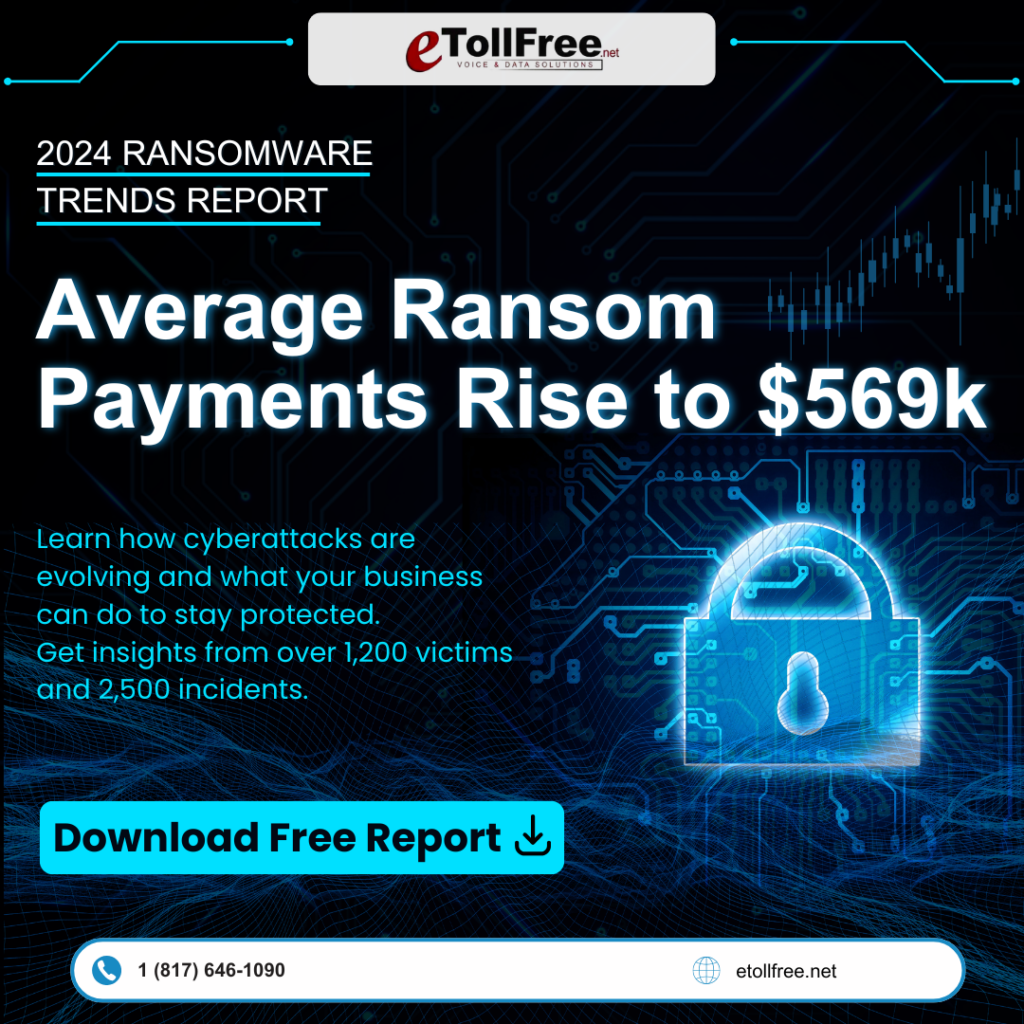Protecting Your E-commerce Business from Payment Skimming Cyberattacks
In today’s fast-paced digital world, e-commerce sites are prime targets for cybercriminals aiming to exploit weaknesses for financial gain. A growing concern among cybersecurity researchers is the proliferation of payment skimmers—malicious scripts that steal credit card information from unsuspecting online shoppers. This article explores the threat of MageCart malware and effective strategies for small business owners to safeguard their e-commerce platforms.
Understanding the MageCart Threat
MageCart is a notorious form of malware infamous for its proficiency in stealing sensitive payment data from e-commerce websites. The name “MageCart” originated from its initial attacks on Magento, a widely-used e-commerce platform. Over the years, MageCart’s strategies have evolved, becoming more sophisticated and adept at avoiding detection.
How MageCart Works
- Triggering Mechanism: MageCart activates malware on checkout pages, capturing credit card details as customers input them.
- Disguise Tactics: Recent attacks use encoding and obfuscation to hide malicious scripts in seemingly harmless elements like image tags and error pages.
The Onerror Exploit: A New Layer of Sophistication
The latest MageCart tactics involve embedding scripts within HTML <img> tags, using the onerror attribute to execute harmful JavaScript if an image fails to load. This method benefits attackers by:
- Evading Security Scanners: Many security tools overlook
<img>tags, allowing malware to remain undetected. - User Transparency: Broken image icons divert suspicion as the malicious code runs covertly.
How This Attack Unfolds
- Stealth Mode: The
<img>tag includes Base64-encoded JavaScript that activates upon an onerror event. - Data Capture: This script integrates a fake form into the checkout page to collect credit card information such as numbers, expiration dates, and CVVs.
- Data Exfiltration: Gathered data is transmitted to an external server under attacker control.
Protection Strategies for E-commerce Sites
Preventing these sophisticated attacks involves a proactive, multi-layered approach to cybersecurity. Here are essential measures for e-commerce businesses:
1. Regular Security Audits
- Conduct frequent vulnerability assessments and security audits to identify and address weaknesses.
- Utilize professional cybersecurity services for advanced penetration testing.
Related Topic: Importance of Regular Security Audits for E-commerce Platforms
2. Implement a Firewall and Security Plugins
- Deploy a robust Web Application Firewall (WAF) to filter and monitor HTTP traffic.
- Use security plugins offering real-time monitoring and threat detection.
3. Secure Your Checkout Process
- Utilize HTTPS protocols to encrypt all data exchanges on your site.
- Implement two-factor authentication for login processes to secure user accounts.
Related Topic: Enhancing Security in E-commerce Checkout Processes
4. Educate Your Team
- Train team members to recognize phishing attempts and other cyber threats.
- Promote best practices like strong password policies and regular updates of user credentials.
5. Monitor and Respond
- Establish an incident response plan for quick identification and mitigation of breaches.
- Maintain a log of site activities to trace suspicious actions and conduct post-incident analysis.
Conclusion
As cybersecurity threats continue to evolve, e-commerce businesses must stay vigilant and adaptable. Understanding threats like MageCart and adopting comprehensive security measures can help protect your business and customers from financial and reputational damage caused by data breaches. Equip your team with knowledge and continuously strengthen your online defenses to stay ahead of cybercriminals.
For ongoing insights and updates on cybersecurity trends, follow leading news sources and consider participating in webinars and discussions focusing on the latest threats and mitigation strategies.
- Understand the Threat of MageCart: MageCart malware targets e-commerce websites by stealing credit card data through sophisticated methods like embedding malicious scripts in
<img>tags. - New Attack Method – Onerror Exploit: MageCart’s latest tactic uses the onerror attribute in image tags to execute malicious JavaScript, going undetected by many security tools and capturing credit card information covertly.
- Conduct Regular Security Audits: Frequent vulnerability assessments and professional penetration testing are crucial to identify and fix potential security weaknesses.
- Deploy Web Application Firewall (WAF) and Security Plugins: Protect your site with a WAF to filter HTTP traffic and use plugins for real-time threat monitoring and detection.
- Secure Your Checkout Process: Use HTTPS protocols and implement two-factor authentication to safeguard data exchanges and user accounts.
- Educate Your Team: Train employees to detect phishing and other cyber threats, and enforce strong password policies and regular credential updates.
- Monitor and Respond Rapidly: Create an incident response plan for quick breach identification and mitigation, and maintain logs for tracking and analysis.
- Stay Informed on Cybersecurity Trends: Keep updated with cybersecurity news, participate in webinars, and engage in discussions to learn about new threats and defenses.
Related Topic: Top Webinars for E-commerce Cybersecurity Trends










